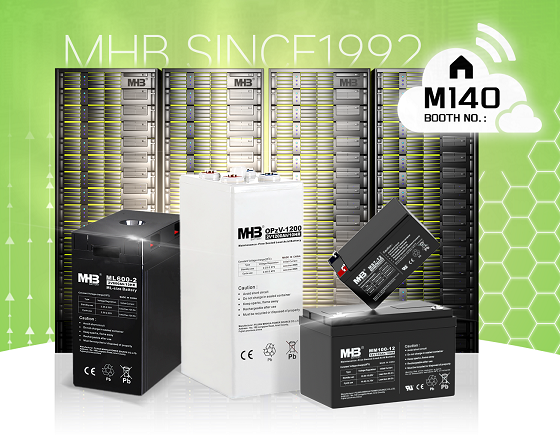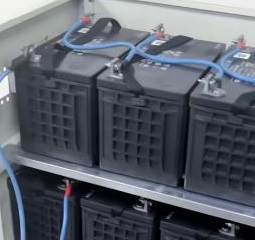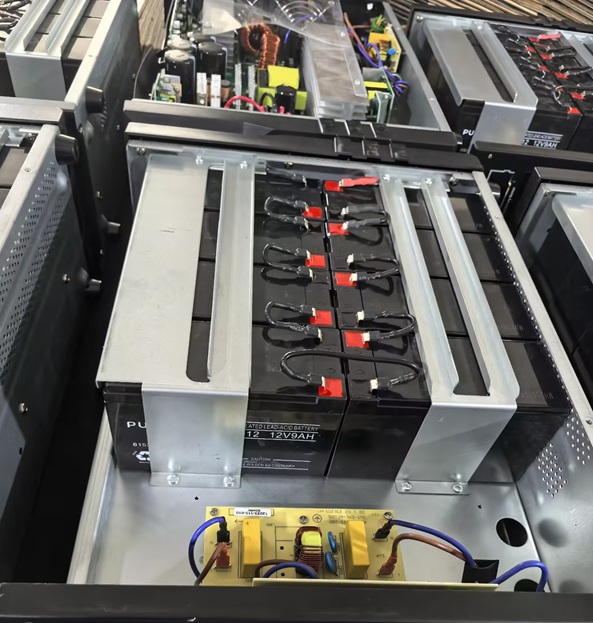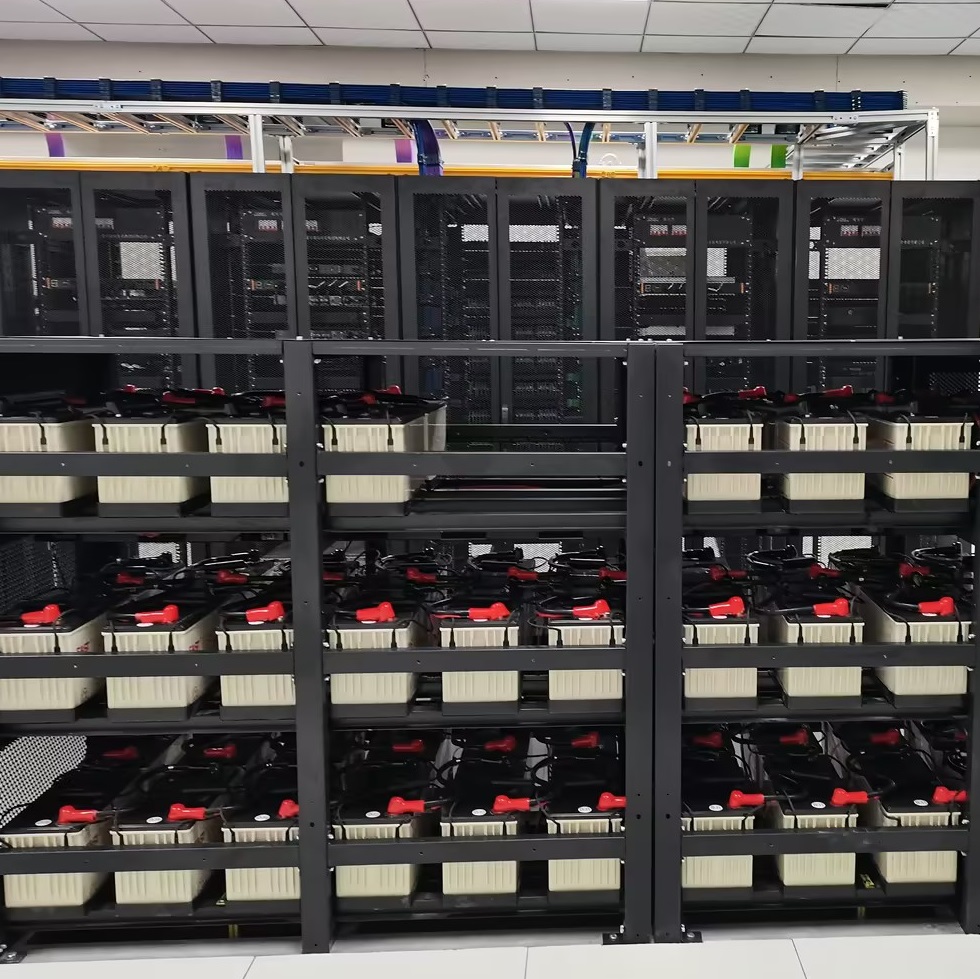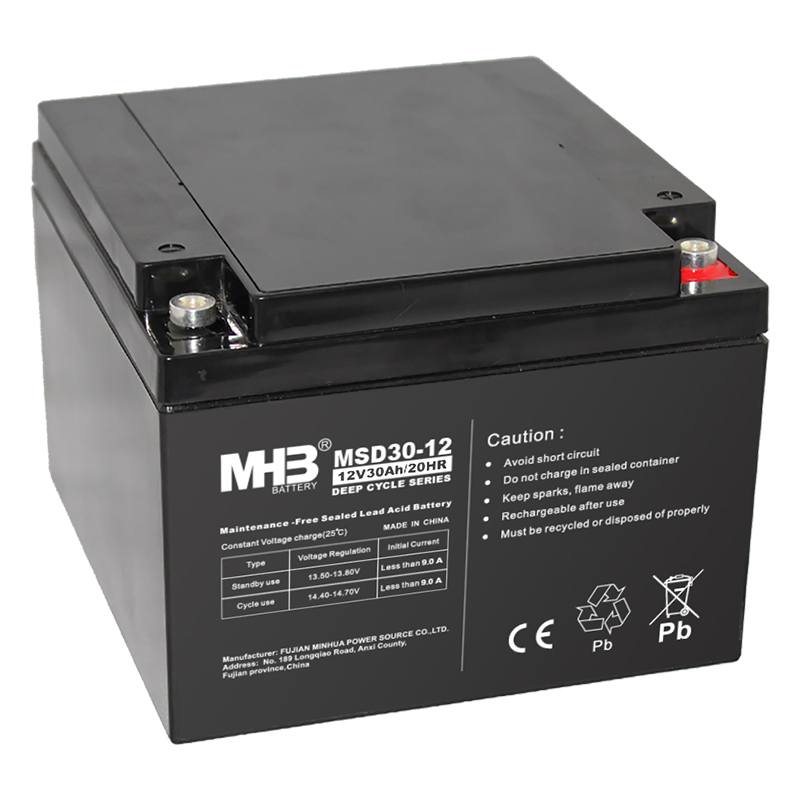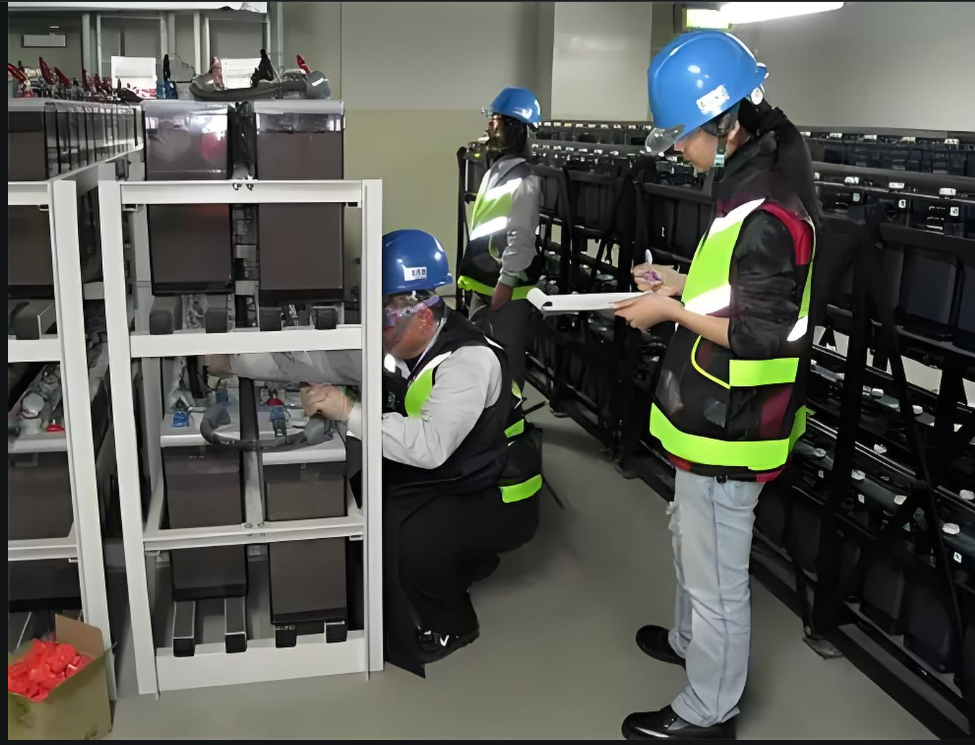Telecom Battery Maintenance Guide: How to Extend the Life of Lead-Acid Batteries
Reliable power is critical in the telecom industry. From network base stations to emergency communication hubs, a dependable Telecom Battery ensures continuous operation during outages and power fluctuations. Among the top choices are Vrla (valve-regulated lead-acid) batteries, valued for their cost-efficiency, durability, and deep-cycle capability.
Proper care and routine maintenance are essential to maximize the lifespan and performance of any lead-acid telecom battery. This guide outlines key practices to help improve long-term reliability and minimize downtime.
What Is a Telecom Battery
Used for backup energy in telecommunications infrastructure, telecom battery delivers consistent, long-duration power during grid failures or peak usage periods. Common battery types in telecom applications include:
-
1.Sealed Lead-Acid (SLA) or VRLA batteries.
-
2.Gel-based batteries.
-
3.AGM (Absorbent Glass Mat) batteries.
MHB Battery offers telecom power solutions built with advanced lead-acid technology to meet high-availability requirements.
Maintenance Tips for Lead-Acid Telecom Batteries
Though VRLA telecom batteries are sealed and designed to be low-maintenance, several practices ensure optimal function and extended life.
1. Use the Correct Charging Settings
Overcharging or undercharging can damage internal plates and reduce capacity. Select a charger matched to lead-acid batteries and apply float voltage settings aligned with specifications.
Typical float charge range: 13.5V to 13.8V at 25°C for 12V batteries.
2. Control Environmental Temperature
Temperature plays a major role in battery aging. Install systems in ventilated or climate-controlled enclosures to keep temperatures within the optimal 20–25°C range.
3. Schedule Regular Inspections
Perform inspections every three to six months, including:
-
1.Measuring float voltage and current.
-
2.Checking terminals for corrosion or loose connections.
-
3.Verifying case condition for any bulging or damage.
-
4.Recording battery and ambient temperatures.
4. Prevent Deep Discharge
Excessive depth of discharge (DOD) decreases battery lifespan. Proper low-voltage disconnects and accurate load assessments help avoid unnecessary strain.
5. Maintain Detailed Records
Document all measurements and maintenance activities. Consistent tracking reveals performance trends, which can be used to schedule replacements or adjustments proactively.
MHB Telecom Battery Solutions
Telecom batteries from MHB are engineered for high performance and long operating life. Key features include:
-
1.Pure lead-calcium plates to reduce self-discharge.
-
2.12+ years design life under float conditions.
-
3.Excellent deep discharge recovery.
-
4.Consistent cell performance across multi-battery banks.
-
5.Certified to CE, UL, ISO, and IEC standards.
Trusted by network operators globally, MHB telecom batteries deliver dependable backup in critical infrastructure environments.
Conclusion
Maintaining your telecom battery system is vital for ensuring network uptime and power availability. With regular checks, appropriate charging methods, and controlled environmental conditions, lead-acid telecom batteries can support reliable communication systems for years.


